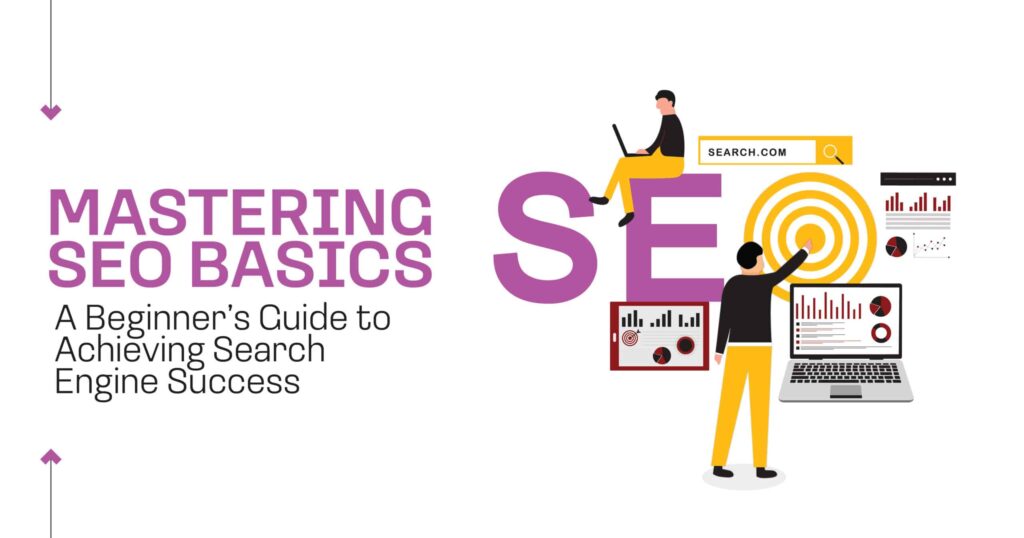Search Engine Optimization (SEO) is the cornerstone of a successful online presence, enabling websites to rank higher in search engine results and attract organic traffic. For beginners, navigating the complexities of SEO can seem daunting, but with the right approach, it’s entirely achievable. This comprehensive guide will outline the essential steps and strategies for mastering SEO basics, drawing insights from leading industry sources like Ahrefs, Moz, and Backlinko.
Understand Your Platform and Hosting
Choosing the Right Platform
Your journey begins with selecting an appropriate platform for your website. Most SEO experts recommend a self-hosted, open-source platform like WordPress due to its customizability and extensive plugin ecosystem, including numerous SEO tools. However, hosted solutions can also provide sufficient SEO capabilities for many users, prioritizing ease of use and support.
Importance of a Reliable Web Host
A good web hosting service is crucial for SEO success. It should offer excellent security, server locations close to your audience for faster data transmission, and robust support. Additionally, consider using a Content Distribution Network (CDN) to optimize server location further and improve site speed.
Crafting a User-Friendly Experience
Creating a positive user experience is vital, as Google prioritizes sites that are secure (HTTPS), mobile-friendly, fast-loading, and have an intuitive design. Avoid intrusive ads and ensure your content is easily readable across all devices.
Developing a Solid SEO Strategy
Keyword Research Fundamentals
Keyword research is the backbone of SEO, involving understanding your audience’s search habits. Factors like search volume, keyword difficulty, relevance, and search intent are critical. Utilize tools like Semrush and Google’s Keyword Planner for in-depth analysis and to find both short-tail and long-tail keywords that balance visibility with targeted precision.
Structuring Your Site for SEO
A logical site structure enhances both user experience and search engine indexing. Use a clear and descriptive URL structure, and consider internal linking to help search engines understand and rank your content more effectively.
On-Page SEO Elements
On-page SEO is about optimizing individual web pages to rank higher. This includes using header tags effectively to organize content and signal its hierarchy to search engines. Your H1 tag should include your main keyword, while H2 and H3 tags can help structure your content further. Additionally, the body of your articles should include strategically placed keywords, match the search intent, and provide unique, high-quality content that offers value to readers.
Leveraging SEO Tools and Plugins
Installing an SEO plugin, such as Yoast or Rank Math for WordPress users, can greatly simplify the process of applying SEO best practices. These tools help in optimizing your content, generating sitemaps, and more.
Measuring SEO Success
Track and measure your SEO performance through tools like Google Search Console and Ahrefs. Metrics like organic traffic, keyword rankings, and visibility can offer insights into your SEO strategy’s effectiveness and areas for improvement.
Conclusion
SEO is a continuous process that requires patience, experimentation, and learning. By focusing on building a solid foundation with a user-friendly website, conducting thorough keyword research, and utilizing the right tools and strategies, beginners can effectively improve their site’s SEO performance. Remember, SEO success doesn’t happen overnight, but with persistent effort and strategic planning, you can achieve significant improvements in your website’s search engine rankings and visibility.
For more detailed guidance and advanced strategies, exploring the original sources of information such as Ahrefs, Moz, and Backlinko can provide deeper insights into mastering the art of SEO.







